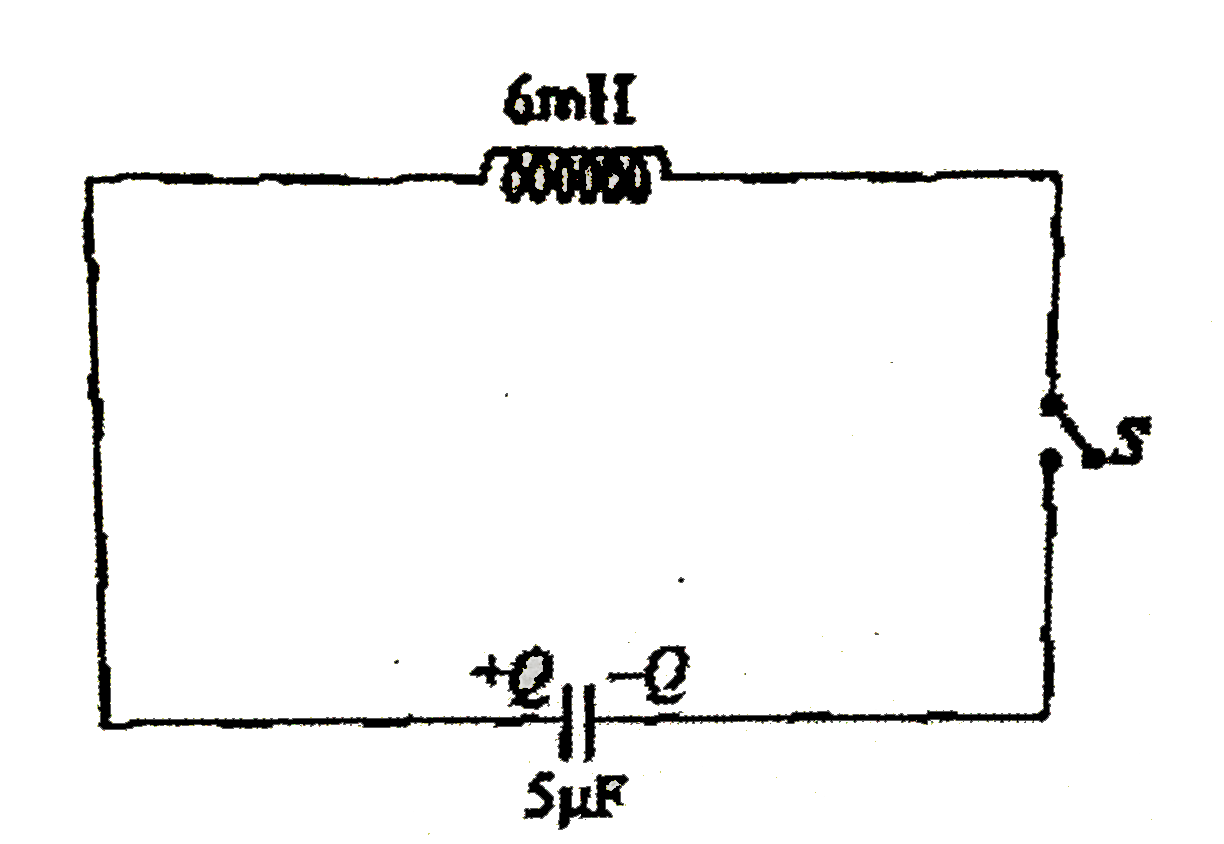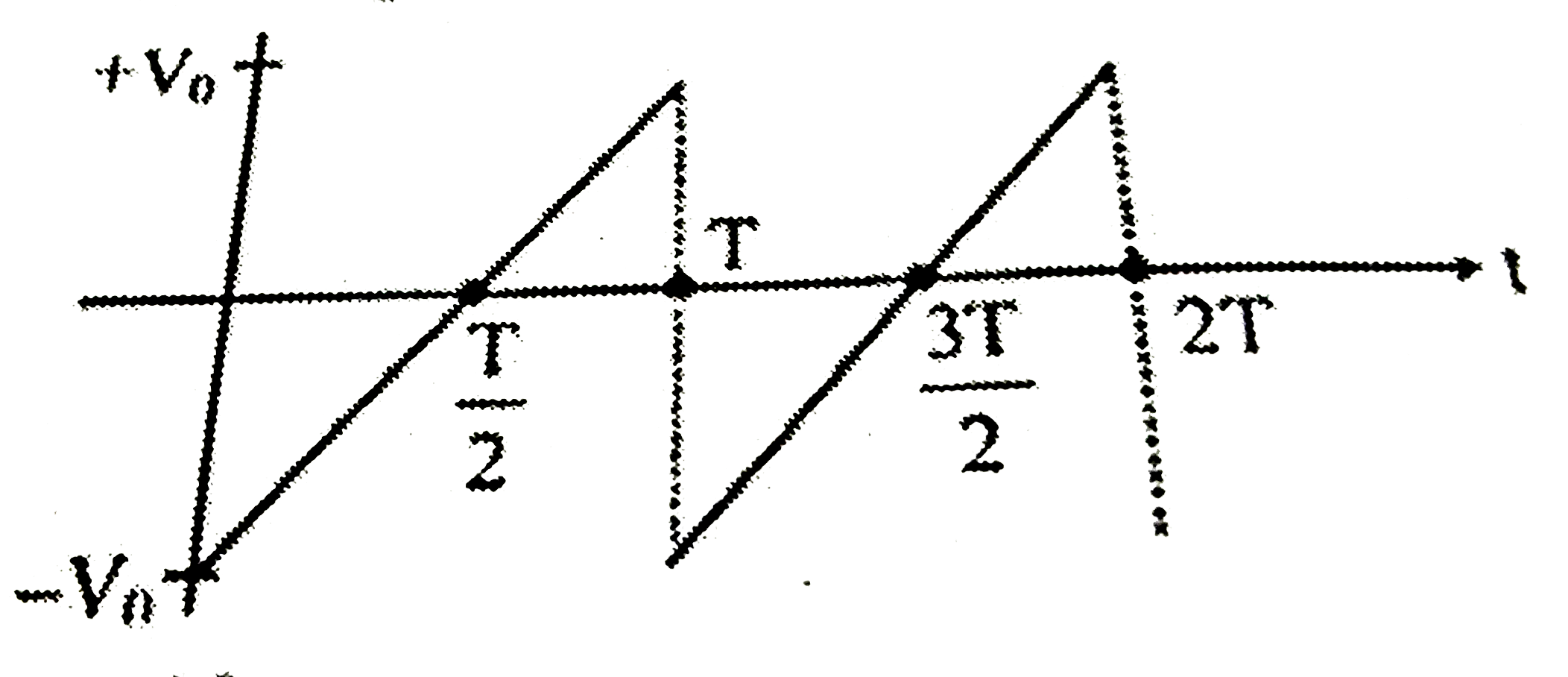Illustration from GK PUBLICATIONS PHYSICS Chapter 4 ELECTROMAGNETIC INDUCTION AND ALTERNATING CURRENT for Class 12
| Class 12 | PHYSICS |
| Chapter | ELECTROMAGNETIC INDUCTION AND ALTERNATING CURRENT |
| GK PUBLICATIONS PHYSICS | Illustration |
| Medium | English |
| Academic Year | 2023-2024 |
Question 2
A capacitor of capacitance 25μF is charged to 300V. It is then connected across a 10mH inductor. The resistance in the circuit is negligible.
a. Find the frequency of oscillation of the circuit.
b. Find the potential difference across capacitor and magnitude of circuit current 1.2ms after the inductor and capacitor are connected.
c. Find the magnetic energy and electric energy at t=0 and t=1.2ms. View SolutionQuestion 5
In an oscillating L−C circuit in which C=4.00μF, the maximum potential difference capacitor during the oscillations is 1.50V and the maximum current through 50.0mA.
(a) What is the inductance L?
(b) What is the frequency of the oscillations?
(c) How much time does the charge on the capacitor take to rise from zero to its maximum value?View SolutionQuestion 7
An inductor of inductance 2.0mH is connected across a charged capacitor of capacitance 5.0μF and the resulting L−C circuit is set oscillating at its natural frequency. Let Q denote the instantaneous change on the capacitor and i the current in the circuit. It is found that the maximum value of Q is 200μC .
(a) When Q=100μC , what is the value of |di/dt| ?
(b) When Q=200μC , what is the value of i ?
(c)Find the maximum value of i
(d) When i is equal to one-half its maximum value, what is the value of |Q| ? View SolutionQuestion 10
For a magnetising field of intensity 2×103A/m, aluminium at 280K acquires intensity of magnetisation of 4⋅8×10−2Am−1. Find the susceptibility of aluminium at 280K. If the temperature of the metal is raised to 320K, what will be its susceptibility and intensity of magnetisation?View SolutionQuestion 11
A piece of iron of mass 8.4 kg is repeatedly magnetised and demagnetised by an external periodic time varying magnetic field of frequency 50Hz. In the iron piece it is measured that rate of heat dissipation is 6.4×104J/hr. If iron density is 7200Kg/m3 find the energy dissipated in iron piece per cycle per unit volume of it.View SolutionQuestion 22
A 12Ω resitance and an inductance of 0.05/ πH with negligible resistance are connected in series. Across the end of this circuit is connected a 130 V alternating voltage of frequency 50Hz. Calculate the alternating current in the circuit and potential difference across the resistance and that across the inductance. View SolutionQuestion 23
An AC source of angular frequency ω is fed across a resistor R and a capacitor C in series. The current registered is I. If now the frequency of source is changed to ω/3 (but maintaining the same voltage), the current in the circuit is found to be halved. The ratio of reactance to resistance at the original frequency ω will be.View Solution






